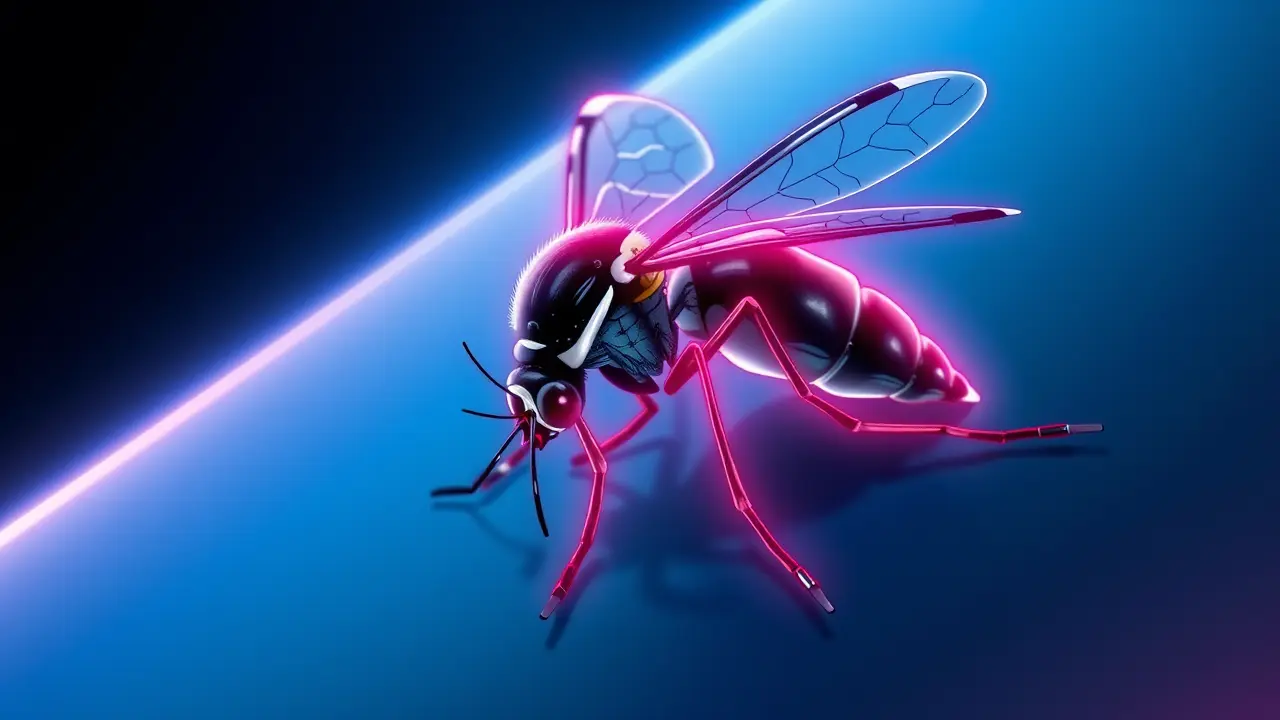First Mosquitoes Discovered in Iceland.
In a development that has sent a quiet but profound ripple through the scientific community, Iceland’s long-standing status as a mosquito-free sanctuary has officially ended. Researchers at the Natural Science Institute of Iceland confirmed the first-ever recorded presence of mosquitoes on the island nation, a discovery that carries implications far beyond the initial sighting of three Culiseta annulata specimens—two females and one male—collected approximately 30 kilometers north of Reykjavik.The insects were found on wine ropes, a tool typically deployed to attract moths, a detail that underscores the often unpredictable pathways of ecological change. For decades, Iceland’s unique climate, characterized by its volatile weather patterns with rapid freeze-thaw cycles that prevent mosquito larvae from maturing, has acted as a formidable natural barrier.This fragile equilibrium, however, is now showing its first cracks, and the intrusion of Culiseta annulata, a species known for its resilience and widespread presence across mainland Europe and North America, serves as a potent biomarker of shifting environmental conditions. The conversation inevitably turns to the overarching specter of climate change; rising global temperatures are gradually softening the harsh edges of Iceland’s winters, creating microclimates and temporary pools of standing water that could offer the stable breeding grounds mosquitoes require.This is not merely an isolated entomological note but a symptom of a planet in flux, reminiscent of similar range expansions observed in tick populations moving northward into Scandinavia or the establishment of new insect vectors in previously inhospitable regions of Canada. The potential consequences are multifaceted and deeply concerning.While Culiseta annulata is not a primary vector for diseases like malaria, it is a known potential transmitter of certain arboviruses, and its establishment could pave the way for more dangerous species, such as Aedes or Anopheles mosquitoes, to follow. This poses a direct threat to public health, potentially straining a healthcare system unaccustomed to dealing with mosquito-borne illnesses, and it also threatens Iceland’s fragile ecosystems.Native bird populations, like the iconic Atlantic Puffin, which have evolved without the pressure of mosquito-borne parasites, could face new vulnerabilities. The economic impact on tourism, a cornerstone of Iceland’s economy built on the promise of pristine, bug-free landscapes, cannot be ignored.Interviews with leading ecologists reveal a consensus of cautious alarm; this is a canary in the coal mine for the North Atlantic. The research methodology of using wine ropes, while effective for moth surveillance, has inadvertently become an early-warning system for a much larger biogeographical shift.The work of scientists like Matthias Alfredsson is now more critical than ever, transitioning from documenting an absence to monitoring a potential new presence. This discovery forces a sobering reflection on our interconnected world, where the actions of distant industrial societies manifest in the most remote and seemingly insulated environments.It is a stark reminder that no place, not even the land of fire and ice, is an immutable fortress against the cascading effects of a warming planet. The question is no longer if Iceland’s environment will change, but how rapidly and profoundly, and what we are willing to do to protect the delicate balances that remain.
BU
buggin_out10 hours ago
wait what so iceland isn't a safe zone anymore smh this is not the news i wanted tbh
0
© 2025 Outpoll Service LTD. All rights reserved.
